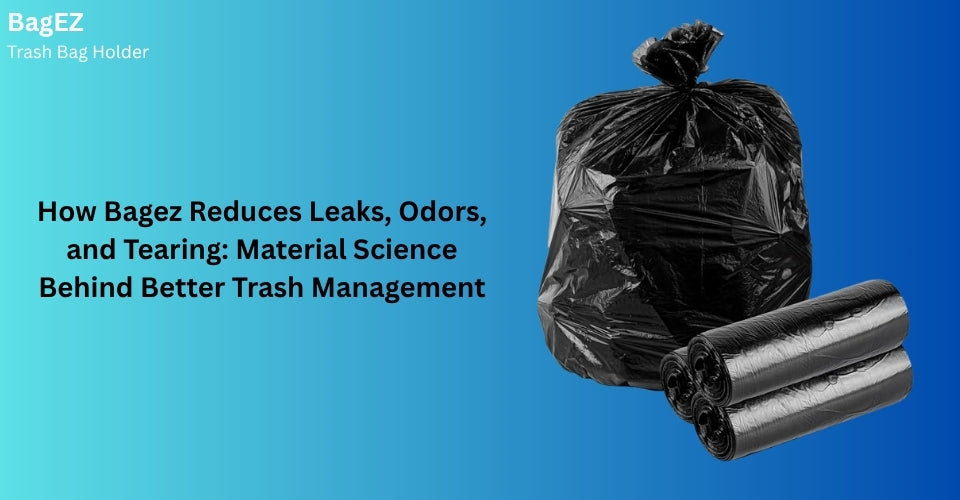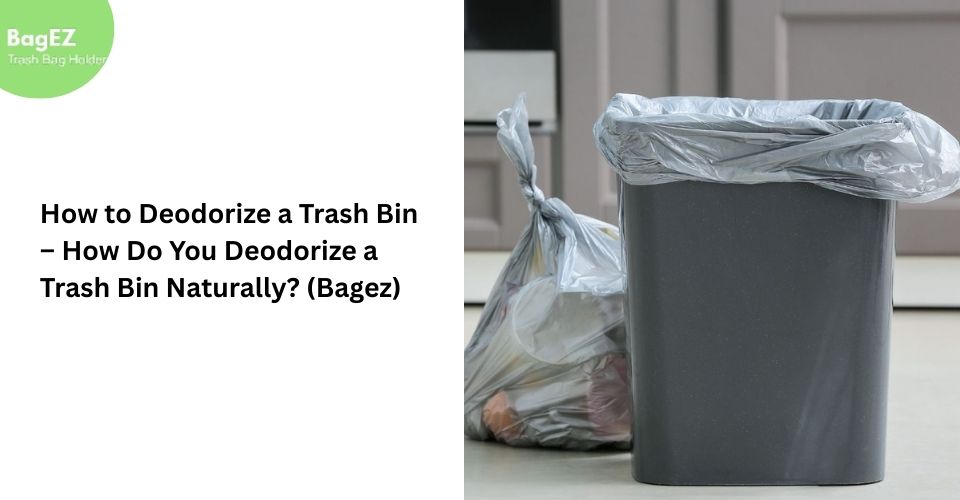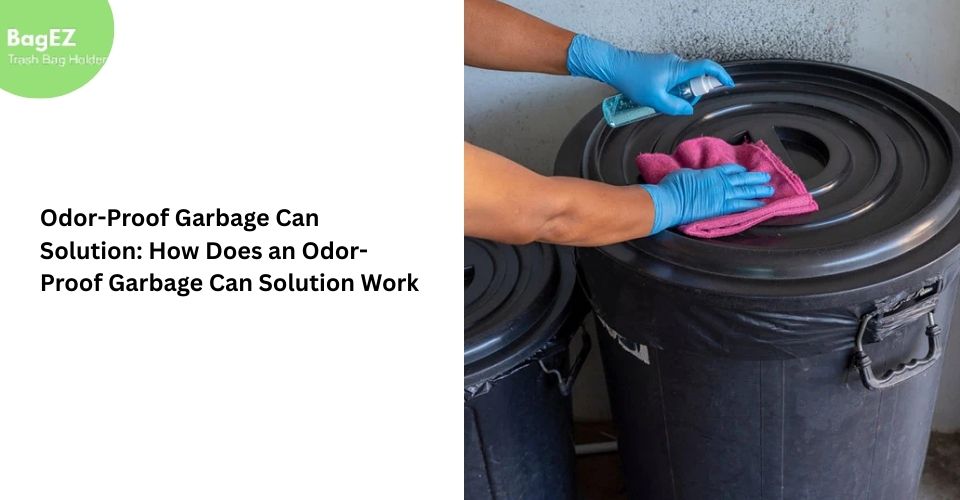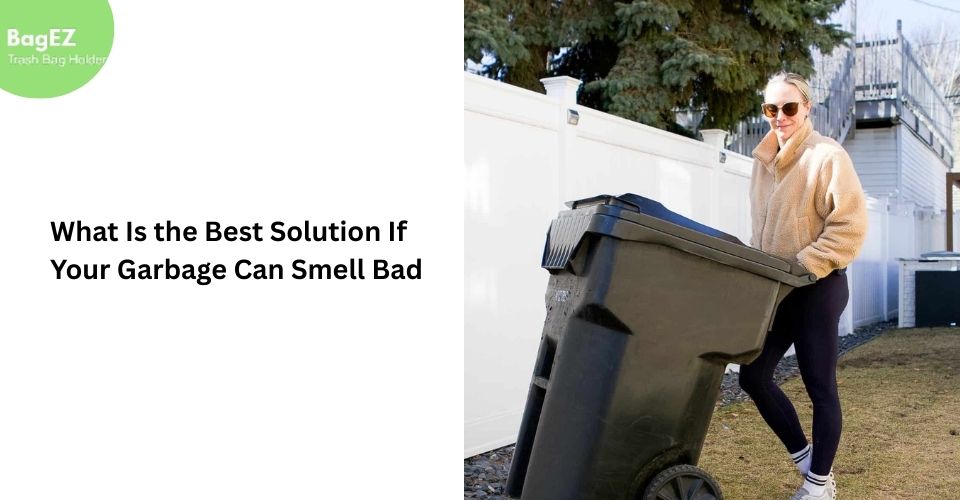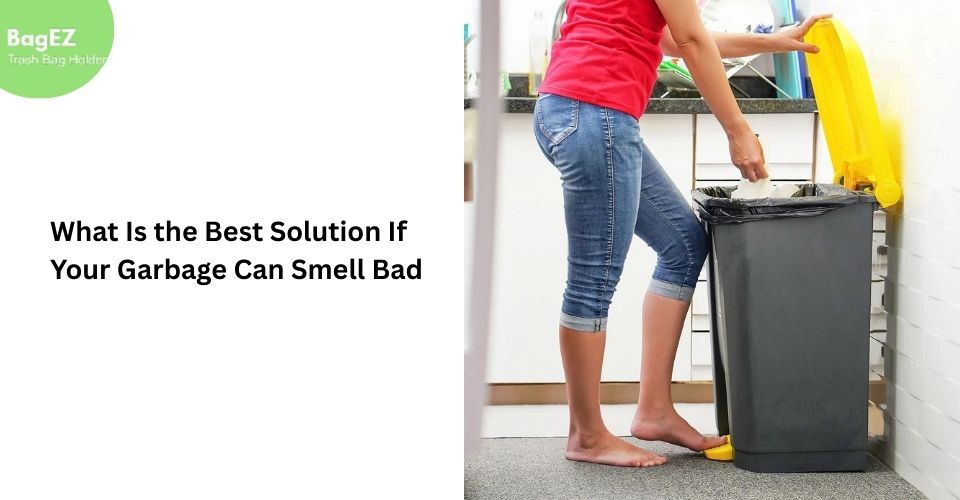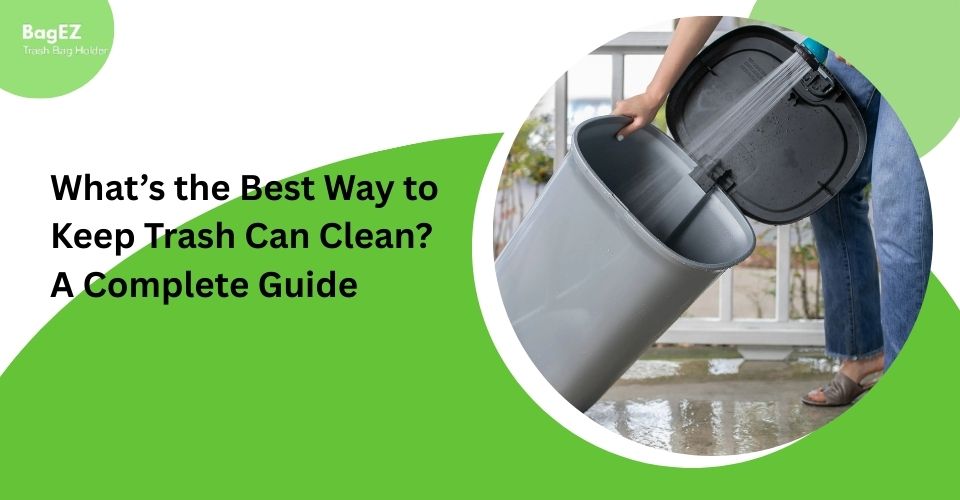Every facility—from busy office buildings to industrial plants—faces the persistent issues of leaks, lingering odors, and bag failures at the worst possible moments. Effective waste disposal hinges on liners that can withstand pressure, seal in unpleasant smells, and resist punctures caused by sharp or heavy debris. As organizations strive for efficiency and cleanliness, superior trash management solutions have become non‑negotiable. By applying advanced polymer science and rigorous quality controls, Bagez has developed liners that dramatically reduce operational disruptions and enhance workplace hygiene.
The Foundation: Advanced Polymer Selection
At the heart of leak‑proof performance lies the choice of base materials. High‑density polyethylene (HDPE) and linear low‑density polyethylene (LLDPE) are industry standards, but not all formulations deliver equal resilience. Through targeted compounding, Bagez engineers tailor the molecular weight distribution and branching structure of LLDPE blends. This customization optimizes tensile strength and elongation at break—critical properties that allow liners to stretch around irregular objects without tearing. Meanwhile, a balanced blend of HDPE ensures sufficient rigidity to prevent sagging and pool formation at the bag’s base. The result is a finely tuned film that combines flexibility with structural integrity.
Multi‑Layer Film Technology for Leak Prevention
Single‑layer films often compromise between flexibility and puncture resistance. To overcome this, Bagez employs a co‑extrusion process that fuses multiple polymer layers into a unified structure. The innermost layer features a tackified resin that conforms tightly to container interiors, minimizing voids where liquids can accumulate. A middle layer consists of high‑molecular‑weight resins that absorb and distribute stress, preventing small punctures from propagating into larger tears. The outermost layer provides abrasion resistance and UV protection, ensuring durability during handling and storage. This architectural approach to film construction yields liners that maintain leak‑tight performance even under heavy or uneven loads.
Sealing in Freshness: Odor Control Additives
Containing unpleasant smells requires more than a snug fit—it demands active odor‑adsorbing materials. Bagez integrates food‑grade activated carbon granules into the film matrix, providing microscopic adsorption sites that capture volatile organic compounds (VOCs). These embedded particles neutralize odors at the source, rather than simply masking them with synthetic fragrances. Additionally, proprietary antioxidant packages stabilize the polymer blend, preventing oxidative degradation that can lead to off‑smells over time. By combining physical containment with chemical neutralization, these liners set a new benchmark for holistic trash management in environments where sanitation is top priority.
Reinforced Seams and Puncture Resistance
Weak seams are a common failure point in large‑capacity liners. To address this, Bagez utilizes high‑frequency welding techniques that fuse material edges at the molecular level, creating bonds stronger than the surrounding film. Seams undergo tensile testing at defined intervals to ensure uniform strength across every batch. For extra heavy‑duty models designed for construction sites or manufacturing waste, reinforced gussets distribute weight evenly and accommodate bulky loads without compromising structural integrity. This combination of seamless welding and smart geometry ensures puncture resistance even when confronted with sharp metal scraps or broken glass.
Rigorous Testing and Quality Assurance
Performance claims mean little without empirical validation. Bagez subjects every production lot to an array of standardized tests, including ASTM D5748 for tear resistance and ASTM D6691 for mechanical durability. Leak tests simulate real‑world conditions by filling liners with a saline solution and applying point loads to detect any seepage. Odor panels—groups of trained evaluators—conduct blind assessments to quantify VOC reduction compared to control samples. Only films that consistently pass these stringent criteria earn the Bagez label, ensuring customers receive liners that perform reliably under demanding conditions.
Sustainable Innovation: Balancing Strength and Stewardship
Environmental considerations guide modern material science. While maximizing performance, Bagez also prioritizes recyclability and resource efficiency. Film formulations are engineered to contain at least 30% post‑consumer recycled (PCR) content without sacrificing mechanical properties. Production processes optimize resin throughput and energy consumption, reducing the carbon footprint of each liner. Moreover, concentrated resin pellets minimize packaging waste and shipping volumes. By integrating circular‑economy principles with technical excellence, these products deliver superior value while supporting corporate sustainability goals.
Real‑World Impact and Use Cases
Across healthcare facilities, hospitality venues, and industrial sites, Bagez liners have earned accolades for their ability to streamline daily operations. In hospital wards, puncture‑resistant bags safely contain used sharps and reduce the risk of contamination. In commercial kitchens, odor‑neutralizing liners curb organic waste smells, enhancing staff comfort and guest experience. In manufacturing plants, reinforced gusset bags handle heavy scrap metal and plastics without rupture, cutting down on labor costs associated with mid‑shift bag changes. These success stories underscore how cutting‑edge trash management solutions translate into measurable improvements in efficiency, safety, and workplace satisfaction.
Mitigating leaks, odors, and tearing requires more than off‑the‑shelf liners—it calls for a strategic fusion of advanced polymers, multi‑layer film architectures, and rigorous testing protocols. By leveraging these innovations, Bagez delivers liners that meet the evolving demands of modern facilities while adhering to sustainability commitments. Organizations seeking to elevate their waste‑handling processes can rely on these materials to protect environments, reduce labor overhead, and maintain hygienic standards. Experience the difference that science‑driven design makes by choosing liners engineered for real‑world challenges—because effective waste containment starts with materials you can trust.

